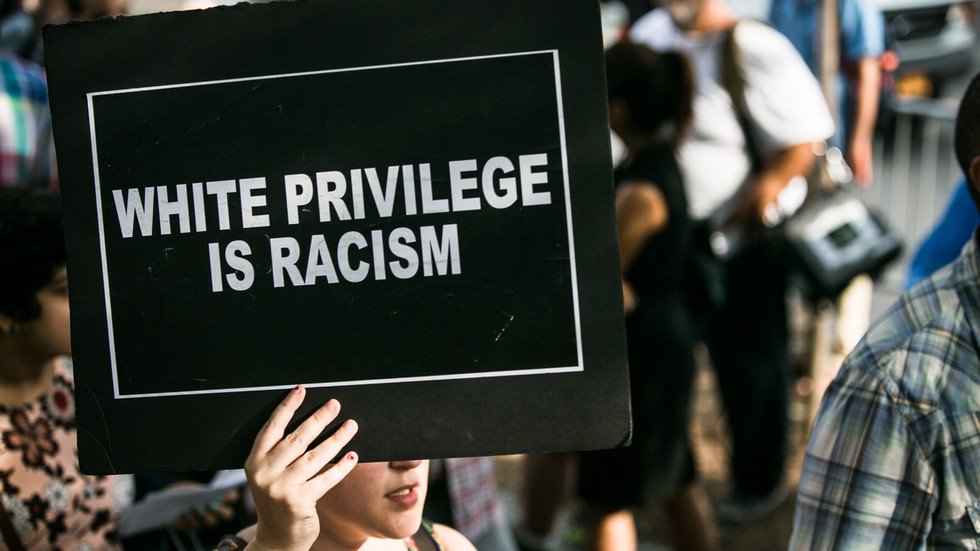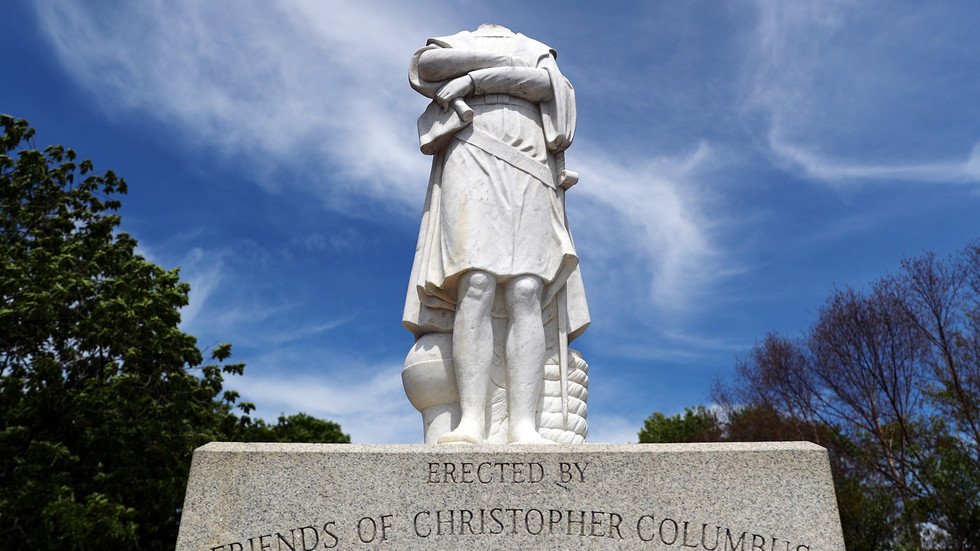kr2y510
konfederata targowicki
- 12 770
- 24 748
No cóż, piesek medialny PiS, Sakiewicz walczy o narodowy i katolicki elektorat. Wybory się zbliżają, a PiS musi wygrać i przepchać 447. Naklejka będzie dostępna z Gazetą Polską, w której znajdzie się ładunek propagandowy.
Po wyborach taki wybryk się nie powtórzy. Mosbacher będzie mogła być spokojna. A na razie pomogła wypromować Gazetę Polską. Ja przypuszczam, że to była ustawka.
Po wyborach taki wybryk się nie powtórzy. Mosbacher będzie mogła być spokojna. A na razie pomogła wypromować Gazetę Polską. Ja przypuszczam, że to była ustawka.







